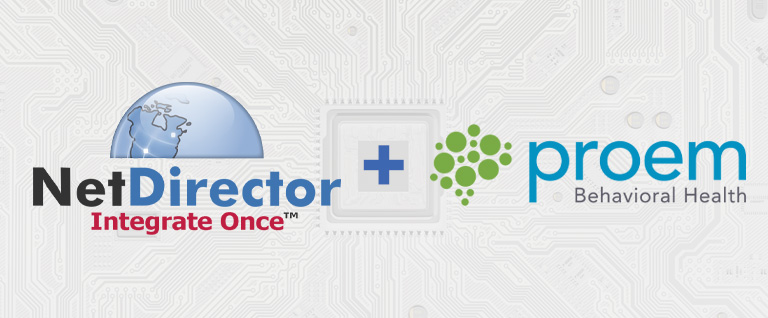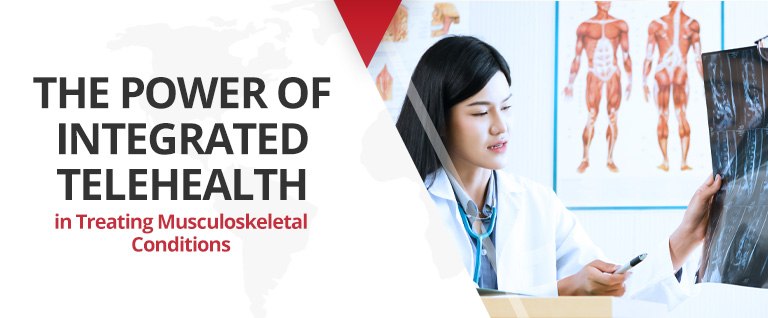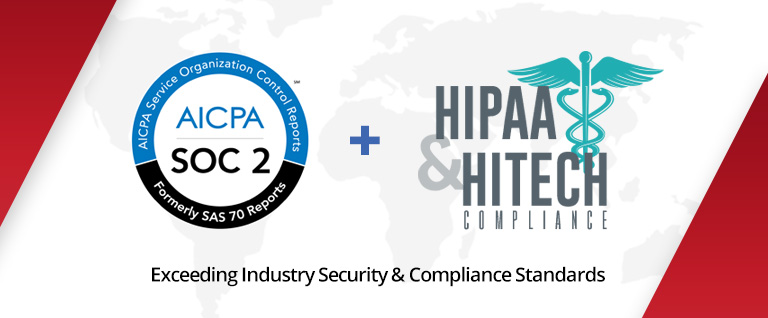In late March, the health information exchange (HIE) spanning Kansas and Missouri announced a new capability that will enable participating providers to monitor acute and post-acute patient care events in real time. The not-for-profit Lewis and Clark Information Exchange (LACIE) said its notification platform also supplies contextual information, including patients’ utilization patterns, to providers at the point of care to help coordinate transitions.
“Improving our region’s overall health and economic status rests on a foundation of delivering common capabilities for every type of provider, no matter the EHR they use, and no matter where in the region they are,” commented Jeffrey Hackman, MD, chief medical information officer at Truman Medical Centers, a LACIE participant.
Across the country, not all HIE efforts are going so smoothly. For example, Connecticut is on its fourth attempt to create a statewide HIE, mired in a decade-long implementation process at a cost of more than $20 million. Similarly, Vermont’s HIE has struggled to gain traction after a 2017 analysis found the exchange to be largely unpopulated with patient records, despite having received over $44 million in state and local funding.
The Drive to Share Data
While state and regional HIEs battle inconsistency, the entire landscape for data-sharing and information exchange is rapidly changing. A proposed policy rule released in February by the Centers for Medicare and Medicaid Services (CMS) calls for clinical and administrative information to travel with patients throughout their transitions of care, and for such information to be electronically available on-demand through an application programming interface. Enrollees in Medicaid, the Children’s Health Insurance Program, Medicare Advantage plans must have immediate electronic access to claims and other health information by 2020, the proposed rule stipulates.
Meanwhile, collaboration between vendor-neutral trade association CommonWell Health Alliance and public-private interoperability framework Carequality has yielded a working model for health systems to request and retrieve medical records from out-of-network providers, regardless of the EHR they use. Two Louisiana health systems, Lafayette General Health and Our Lady of Lourdes Medical Center, launched a CommonWell-Carequality pilot project in December 2018, and have since electronically shared more than 200,000 documents.
“When data is made readily available, providers can make diagnostic and treatment decisions more quickly, and patients can recover sooner,” noted David Callecod, president of Lafayette General Health. “Better data means better communication with our patients and providers, better care and better outcomes.”
Along those lines, there’s ample opportunity for differing HIE and EHR initiatives to come together.
John Kansky, CEO of Indiana Health Information Exchange, recently remarked, “Many HIEs are still going strong and making great progress, even on the national level.” Yet, while acknowledging that efforts by the likes of Commonwell and Carequality are “assets in the equation of making the nation more interoperable,” Kansky pointed out that HIEs often “have that last mile wired and/or have data available — and in some cases have it in normalized, curated repositories, ready to be exchanged.”
As such, high-performing HIEs should be viewed by the EHR vendor community as potential resources — not necessarily competitors — in certain markets.
NetDirector offers standards-based technology designed to integrate with state and regional HIEs as necessary and dictated by providers. The company’s cloud-based HealthData Exchange platform streamlines data/document flow, avoiding the need for slow or costly individual integrations.
For more information, please contact us or request a free demo.




